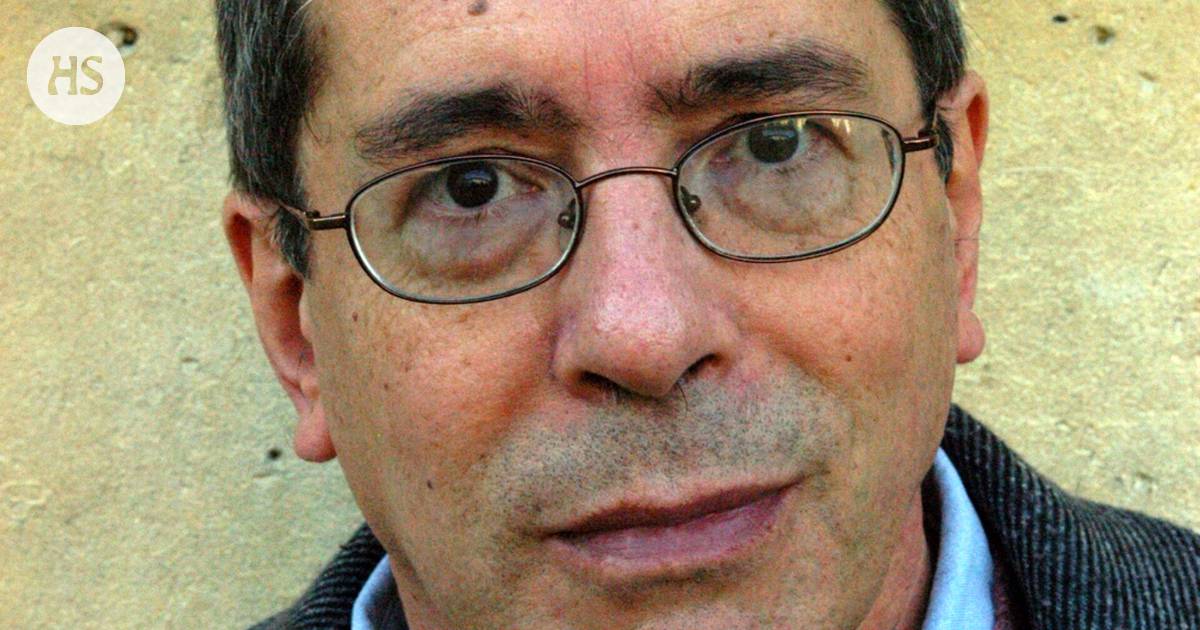César Aira proves that kiosk scifi and philosophical hair-splitting go hand in hand.
César Aira: Doctor Aira, miracle healer / Lehmus (Las curas milagrosas del Doctor Aira, 1998 / El Tilo, 2005). Finland. Anu Partanen. Bridge. 192 pp.
Finnish translator Anu Partanen completed a real masterpiece last year, the Argentinian one Jorge Luis Borgesin (1899–1986) Narratives (Teos).
Along with the classic of world literature, Partanen also managed to translate into Finnish Borges’ most important successor among Argentinian and perhaps all contemporary writers. Cesar Aira (b. 1949) himself suggested in an interview with The New Yorker magazine in 2017 that his production consists of footnotes to Borges.
In another magazine, however, Aira said that the author’s claims should always be viewed with suspicion: “If it sounds good, someone else will take care of its meaning”.
When a phrase freezes in time and starts to circulate in the media, as has happened to the Borges argument, it becomes detached from the forward movement of literature and slows down the reader. The newness of the text will then be received only as an extension of the old, as already seen.
Aira doesn’t so be a new Borges, but just like his predecessor a product of his own strange time. Like the autobiography, now published in Finnish Linden– it is clear from the work, Aira’s childhood was marked by Peronism, which influenced everywhere, that president Juan Peronin (1895–1974) Argentina’s idiosyncratic and long-lived left-wing populist tendency, and on the other hand its sudden ban after the 1955 military coup.
In the conditions of Peronism, the narrator’s taciturn father works as a municipal electrician, although the narrator suspects that he doesn’t really understand anything about electricity. After Peronism, the father is finally lost: “History galloped forward and he was left behind.”
Even Perón’s name is banned, and even though the environment is modernizing at a fast pace, the old faith is not replaced by the new. The incredibly fast change of social reality in early childhood affected Aira’s perception of reality, which became porous. In his works, one world can always be replaced by another.
To Borges Aira is united by operating at the interface between popular and so-called high literature. If Borges was at home in the landscapes of gaucho stories and old detective fiction, Aira, who is younger than him, is heavily influenced by superhero comics and newsstand sci-fi.
For both, these serve as an illustrative platform for philosophical or mathematical concepts such as eternity and infinity. The most abstract hair-splitting goes confusingly well with an entertaining scowl.
A good example is the first half of the new Finnish translation selection Doctor Aira, miracle healer. Having developed a working miracle cure – and thus in a way the all-powerful, if reluctant protagonist, Aira is haunted by the evil arch-nemesis Acty – just as Lex Luthor persecuted the Man of Steel.
The novel grows into a treatise on how even the smallest detail affects another. The challenge of a miracle healer is to create a world around the sick person in which illness would not be possible in the first place.
Aira is known for his writing style, which he has described as la huída hacia adelante, flight forward. Aira never goes back to correct what he has written before, and is not interested in his past works.
On the other hand, the term is also apt for Aira’s reader’s experiences: even if the book describes a situation that is frozen in place, the language pushes forward and the thoughts are stamped.
Aira has already published ten miniature novels in Finnish with the latest Finnish translation – thanks to the publishing house’s clever decision to publish them in pairs from the beginning. Of the pairs, perhaps the most high-level and at least the best-matched, Lehmus like Autobiographical How I became a nun and Birthday (2015), by the way, recently deceased in Finland Pentti Saaritsa.
Even though the works translated into Finnish form only a small part of his production of more than a hundred works, we are now in the happy situation that too few foreign writers get to: forming a complete understanding of Aira in Finnish is starting to be possible.
You should either start from the beginning – translated by Partanen varamo and Landscape painter (2012) – or about this latest pair.
